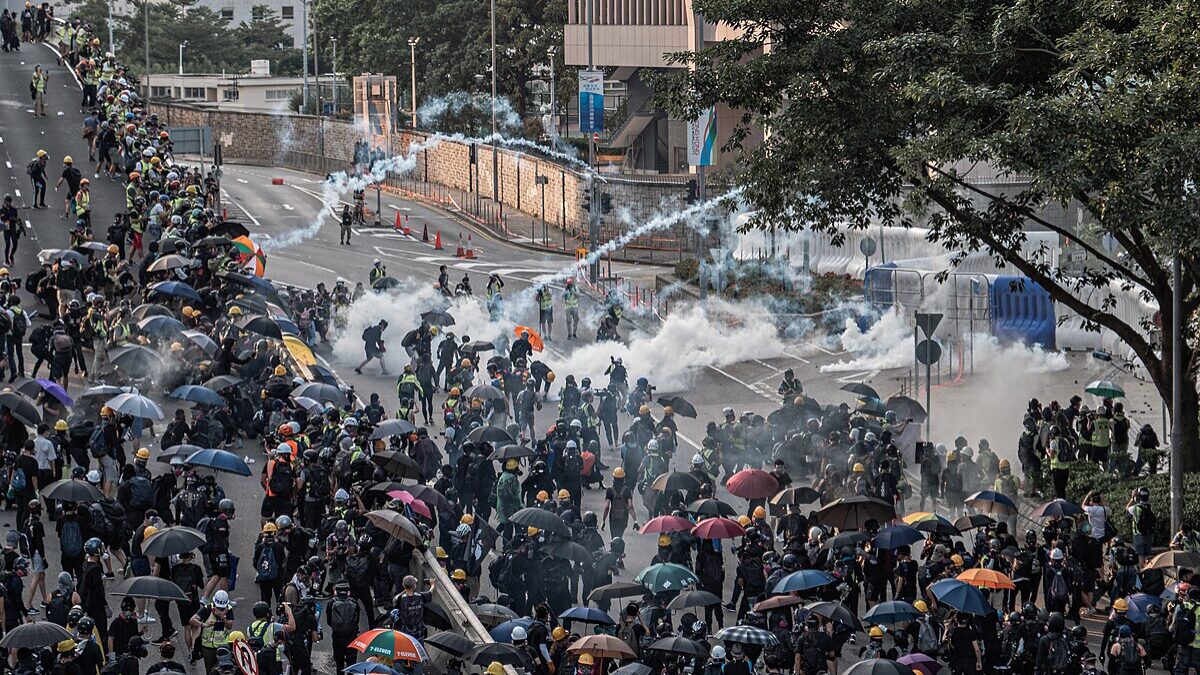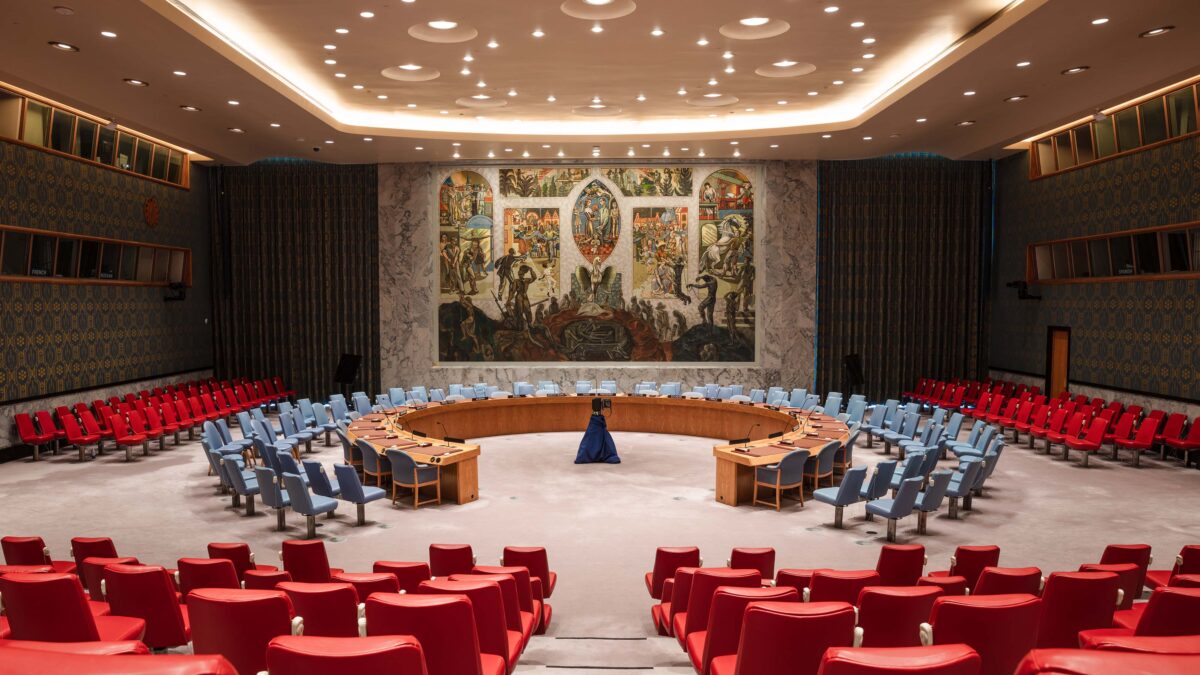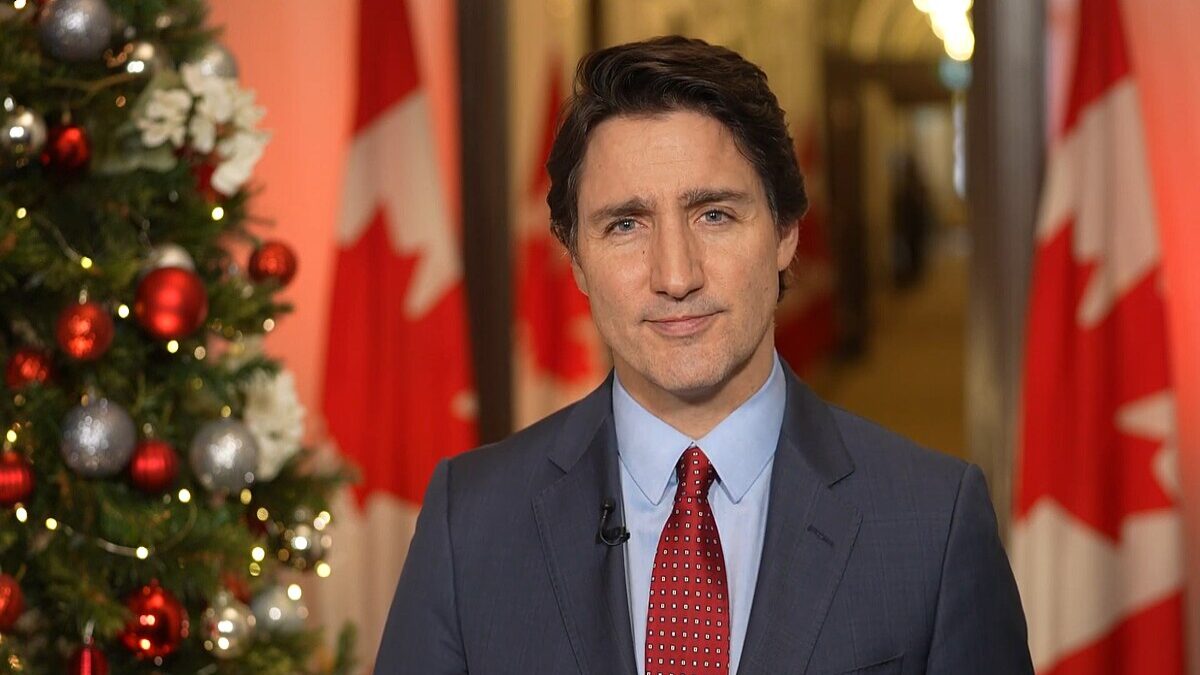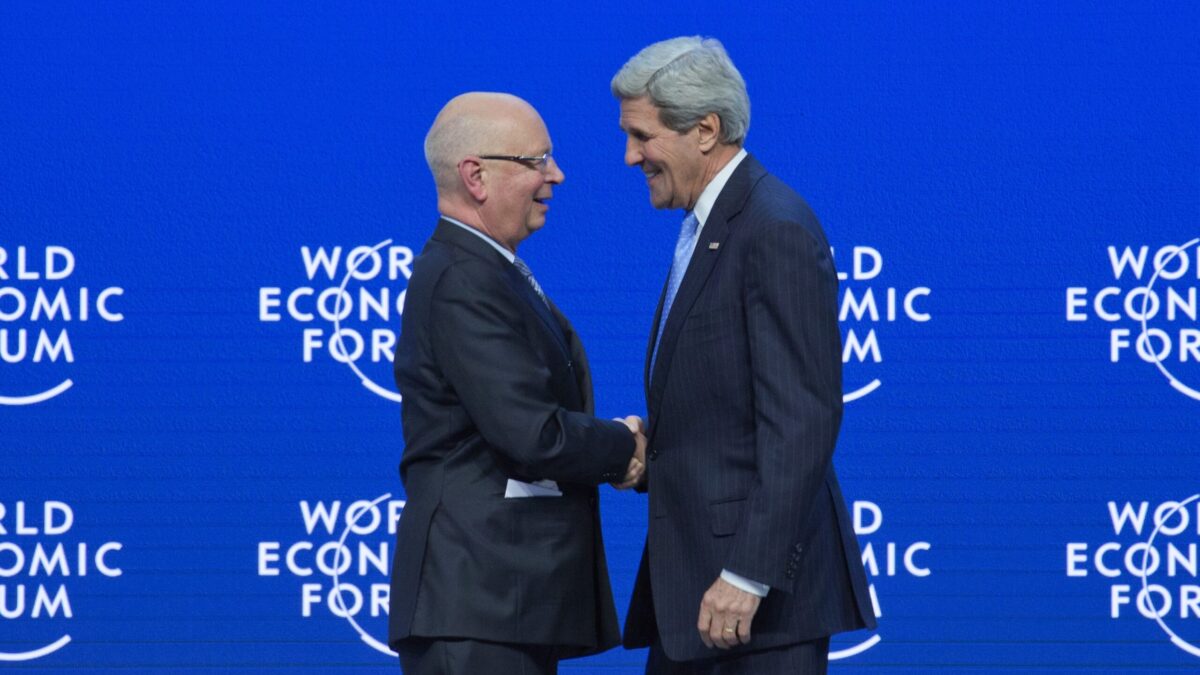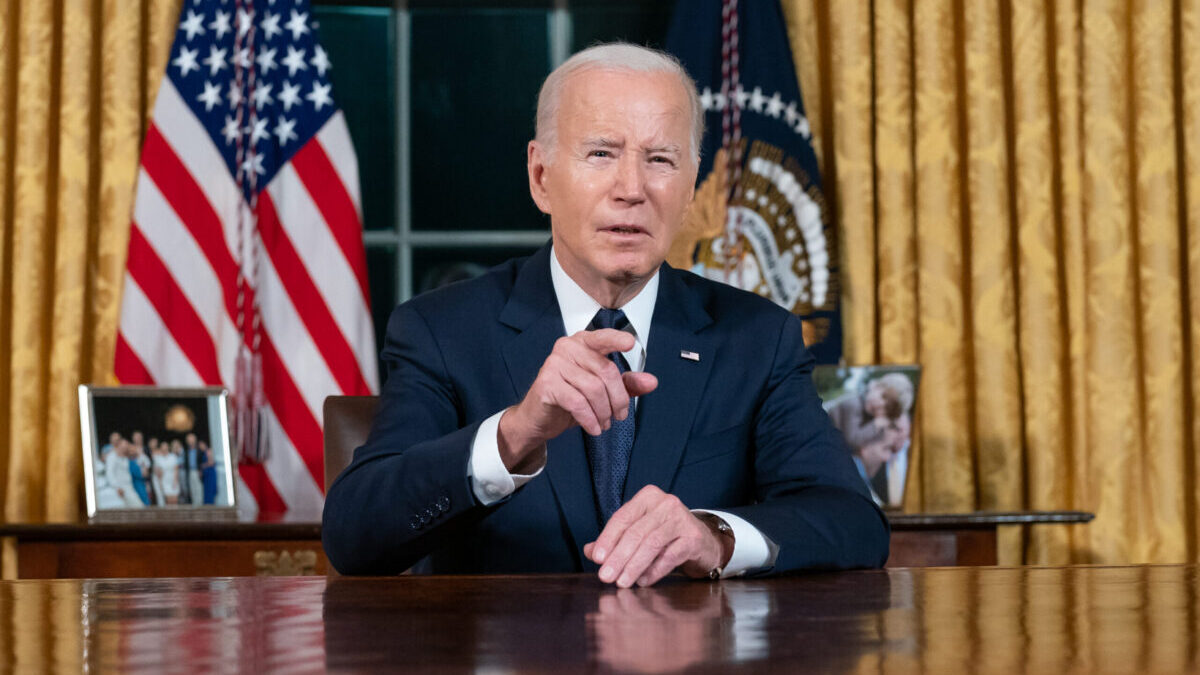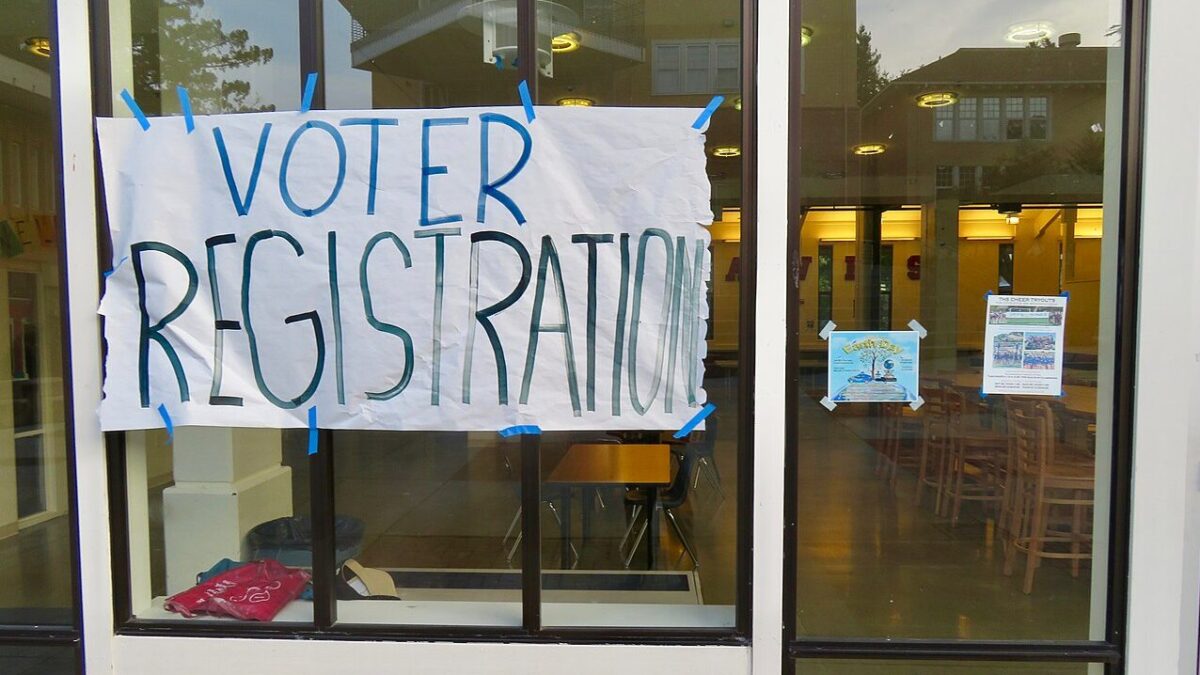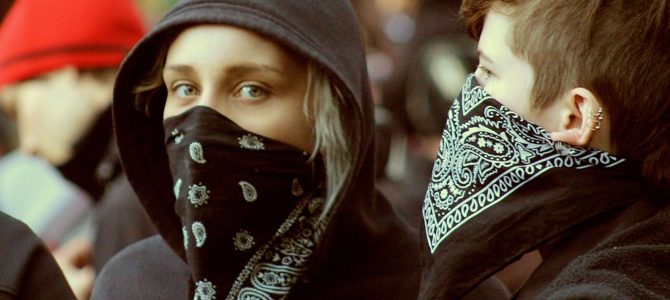
FBI Director Chris Wray recently explained in detail threats to the republic from a range of subversive forces, from purposefully vague terms like “Russian efforts to influence American domestic polity” to leaderless but growing white supremacist movements. One thing stood out. Wray claimed the Antifa network is an ideology, not an organization, and therefore cannot be designated as a terror group. That goes against the wishes of his own boss, the president of the United States.
Now, it is understandable that the FBI cannot, by law, police ideologies. American law doesn’t allow government agencies to designate ideologies as destructive, as long as they do not promote active violence. In that way, it is different than Europe.
Germany, for example, can ban Nazi books, and Poland and Hungary can ban communism. But in the United States, ideas may be freely propagated, unless there’s actual violence. “We don’t really think of threats in terms of left, right at the FBI. We’re focused on the violence, not the ideology,” Wray noted.
The FBI accordingly has undertaken an investigation into individual actors who encourage or participate in violence but is apparently incapable of tackling Antifa as an organization. As the Associated Press reported, Wray said Antifa “is not a group or an organization. It’s a movement or an ideology.”
This is a flawed way to understand Antifa, as well as the threat it poses. It is easy to dismiss Antifa as a movement, not an organization, and therefore not subversive enough to threaten the existence of the republic. To do so is also historically flawed. Another movement, very similar in character, can provide a template to understand how Antifa operates and what it seeks. To understand Antifa, one needs to know about the Naxalite movement of the late 1960s.
Let’s Jot Over to India for a Bit
Communism was once a minor social force in pre-independence-India, jumpstarted among Cambridge University-educated upper-middle-class students during the colonial British period. This helps explain why it never was popular among the common people.
During the British period, socially successful Indians were all upper-middle-class and above, those who were either from princely or land-owning families or who had an educated background. They were the ones who worked in the imperial civil service, law, and other professional fields.
After all, Britain was a tiny country that ruled all over the world, and a significant majority of the local population supported and ran the empire. Stories of them are not told anymore because it would ruin the narrative of an evil colonial power exploiting lands faraway.
Of these people, who could afford to visit Britain for training and scholarship, a tiny subset was radicalized in Cambridge, a historically Marxist-dominated university. They then went back to India to start the vanguard party and lead the working class to revolution. They were not successful. The communist movement splintered into various factions, as communism is wont to do, and from that, the Communist Party of India was born.
Then the Communists Became Socialist Democrats
Post-independence, it was increasingly clear India wouldn’t see the violent revolution Karl Marx predicted. India in the 1950s, while under the borderline Peronist rule of J. L. Nehru with some broad socialist leanings, was still mostly democratic, and followed the British-designed system, with a Parliament and rule of law.
After some initial protests, therefore, the communist parties also started taking part in electoral politics and turned into Euro-style social-democratic parties favoring incremental electoral changes, not a violent overthrow of the democratic system. Most parties also changed their rhetoric after the Sino-Indian border war of 1962.
Nationalism was a much stronger social force than internationalism. While all the left parties retained their communist names and spoke in terms of workers’ liberation, they were no different than the student movements in Europe, which were broadly anti-Western and pro-Soviet. All except one. For some well-educated students, the dream of a violent revolution did not die. From that, the Naxalite movement was born, in 1967.
What Was the Naxalite Movement?
Like Antifa, the Naxalite movement was mostly a band of college and university students led by radical professors, mostly an upper-middle-class crowd who could afford university education in the 1960s. The hub of the student-led movement was Calcutta University, one of the oldest, most prestigious, and British-established universities in India.
Like Antifa, the movement was not centrally organized, although a lot of students called themselves Marxist-Leninists and actively looked up to Mao Zedong for ideological guidance, even though they never got any genuine support from Beijing. It was comprised of different splintered student groups, with their own local grassroots organizations and chains of commands.
Like Antifa, they had a medical unit, a scouting party, an intel-gathering movement, and “armed struggle” groups. The movement had different regional party structures with broad ideological overlap, while individual methods were dependent on local and regional politics.
For example, Antifa in Seattle and Portland might not be formally connected, but they broadly use the same tactics, study each other’s failures and successes, have a similar command structure, and support each other over social media. That is exactly how it was in India in the early 1970s. Local Naxalites, whether in the east or south India, differed in rhetoric and local politics, which was catered to the specific region and state in question.
Yet they broadly shared a similar organizational set up as well as attack plans, of hit-and-runs, burning government properties, and killing policemen. Although policemen are working-class, just like with Antifa they were nonetheless deemed class enemies and part of the oppressive structure. The hypocrisy of university-educated upper-middle-class rebels committing violence that mostly affects working-class people doing their jobs is ever-present in any leftist armed movement.
Elites Abusing and Abdicating Their Proper Roles
The Naxalite movement did not succeed. Just like the internal contradiction of elites pretending to be rebels opposed to nationalism and religion, it withered away and never got mass support. Every form of leftism, whether liberalism or Marxism, has always been about a vanguard movement, by “educated and enlightened elites” who think they can decide what’s good or bad for the hoi-polloi while pretending to be a mass movement.
There’s nothing wrong with being elites. Every society has some hierarchy, and both ancient aristocrats and Platonic epistocrats, for example, were openly elite-led. But the difference is in a left-winger pretending to be for the people while working against their interests and pressuring them to conform to his ideas. It ultimately becomes so blatant that it destroys any such left-wing movement from within.
Also, the republic of India cracked down brutally in the 1960s and ’70s, in a way that is unthinkable these days in either the United States or even India. Hundreds of students were killed in conflicts with local police; thousands were jailed for life. Thousands more reformed once they realized what they signed up for, or left the movement the moment there was an armed pushback from the state. Others were sent abroad by their rich parents. Like most middle-class citizens, counter-violence broke the back of pretentious rebels.
It is important for Americans, especially Republican lawmakers, to understand and study the Naxalite movement, as it provides a template to understand what is happening now. To think that disintegrated rebel movements without a central organization are not a threat to the republic is simply ahistorical.
It is also idiotic to deem them a movement without a structure. The structure is organic. It spreads, copies, and connects at a grassroots level. And it withers away the moment it faces a concerted political pushback. Whether they face that pushback is contingent on political will.


